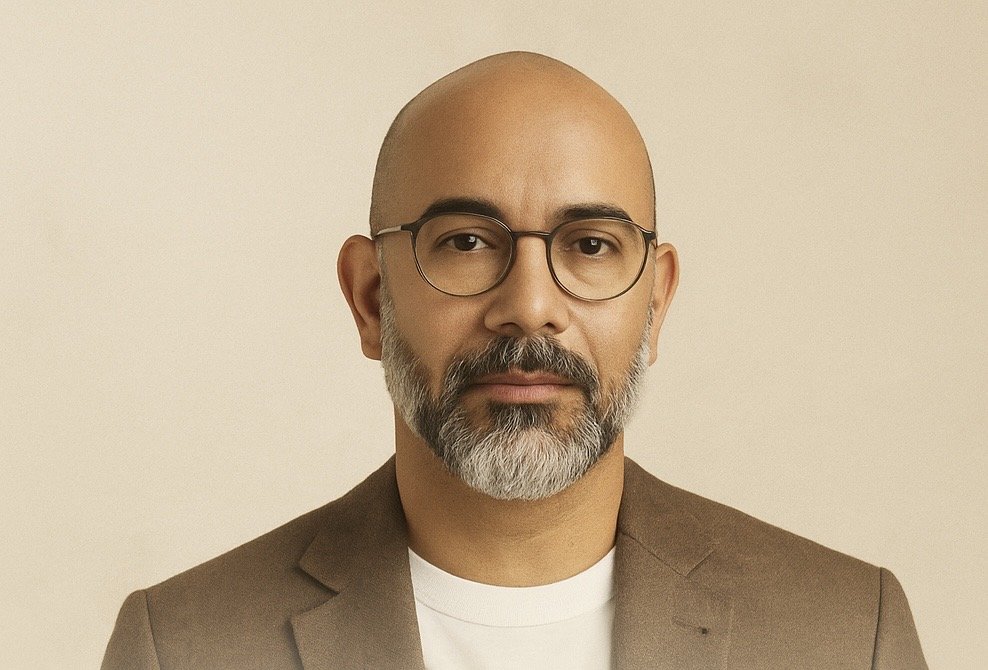The Unfinished Struggle: Systemic Racism and Global Discrimination
- Dr. Wil Rodriguez

- Aug 20, 2025
- 4 min read
By Dr. Wil Rodríguez, TOCSIN Magazine

Introduction: The Silent Architecture of Injustice
Racism is not merely a momentary act of prejudice or an isolated insult hurled in anger. It is an architecture—an invisible scaffolding—that shapes the opportunities, dangers, and daily lives of billions of people across the globe. While laws have shifted, marches have been held, and declarations of equality have been proclaimed, the machinery of systemic racism continues to hum beneath the surface of our societies, steady and unyielding.
Across continents and cultures, discrimination adapts to local languages and customs but carries the same DNA: exclusion, hierarchy, and the denial of dignity. From the crowded favelas of Brazil to refugee camps in Europe, from employment offices in the United States to classrooms in South Asia, the patterns repeat themselves. Racism is not only personal—it is institutional, structural, global.
The Global Faces of Racism
Though racism often appears in local contexts, its manifestations are universal:
Economic Exclusion: Racial minorities and indigenous populations often earn less, face higher unemployment, and encounter barriers to economic mobility.
Political Marginalization: Access to representation and political voice is systematically curtailed, whether through gerrymandering in the U.S., caste-related exclusions in India, or suppression of minority rights in authoritarian states.
Education Gaps: From South Africa’s townships to inner-city schools in Chicago, educational inequality reflects and reinforces racial stratification.
Health Disparities: Maternal mortality rates, life expectancy, and access to healthcare starkly differ along racial lines. COVID-19 exposed and magnified these injustices.
Migration and Refugees: The global refugee crisis reveals another dimension of discrimination, as asylum seekers are judged and accepted differently based on ethnicity, religion, or skin color.
Racism mutates, but it never disappears. It finds new forms to inhabit, new justifications to cloak itself in—whether through “meritocracy” that ignores historic disadvantage, “security measures” that profile entire communities, or “tradition” that normalizes exclusion.
Systemic Racism: Beyond the Individual
The most dangerous myth about racism is that it lives only in individuals. Systemic racism does not require personal hatred; it requires structures that embed inequality into the normal functioning of society. It is the bank algorithm that approves fewer loans for minority applicants, even when credit scores are identical. It is the resume sorting software that filters out names it deems “foreign.” It is the lack of sidewalks in certain neighborhoods, making access to healthcare and education more difficult for generations.
Systemic racism is sustained not just by malice but by indifference. It is in the shrug of those who say, “This is just how the world works.”
The Global Economy of Discrimination
Globalization has not eliminated discrimination; it has exported it. Corporations outsource labor to poorer nations, often exploiting communities of color. Migrant workers, who sustain agricultural and construction industries across the world, face systemic barriers to fair wages and legal protections. Even climate change carries racial dimensions: those least responsible for greenhouse gas emissions—often indigenous and marginalized communities—are among the first to suffer the consequences.
This is not incidental. It is a global economy of discrimination, where exploitation is profitable, and where inequality fuels markets as much as oil or data.
Resistance Across Borders
And yet, resistance is also global. Movements such as Black Lives Matter, indigenous rights uprisings in Latin America, student protests against caste-based exclusion in India, and anti-xenophobia marches in Europe reveal a profound truth: marginalized communities are not silent. They are speaking, marching, organizing, and connecting across digital and geographic boundaries.
The global protest against George Floyd’s murder in 2020 was not just about one man in Minneapolis. It was about a shared recognition: that the knee on his neck is the same weight pressing down on millions of others across the planet.
Beyond Condemnation: Toward Transformation
Condemning racism is not enough. Every nation can pass laws, but laws without cultural and institutional transformation remain hollow. What is needed is:
Reparative Justice: Acknowledgment and repair of historic injustices, from slavery to colonization, through concrete policies.
Education Reform: Curricula that tell the whole truth, not sanitized versions of history.
Institutional Accountability: Systems to ensure that discrimination is measured, reported, and punished.
Global Solidarity: Recognition that systemic racism anywhere is a threat to dignity everywhere.
The Moral Horizon
Systemic racism is not a problem for “other people.” It is not a local issue confined to history books. It is a global moral horizon that asks us to decide: Do we accept a world where dignity is conditional, or do we dare to build one where dignity is universal?
The unfinished struggle continues. The question is not whether racism still exists—it is whether we still have the courage to dismantle it.
Reflection Box
Racism is not just an incident; it is a system. And like any system, it can be dismantled, redesigned, reimagined. To confront racism globally, we must first confront the ways it lives in our institutions, our economies, and even our silences. Each act of recognition is an act of resistance. Each refusal to accept inequality as “normal” is a spark of transformation.
The fight is global, but so is our capacity to change.
TOCSIN Magazine — where urgent voices meet urgent times.






Comments